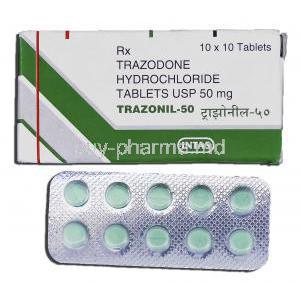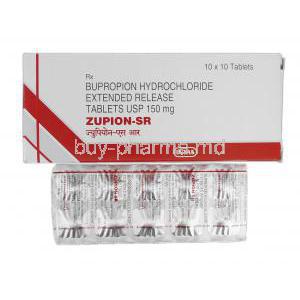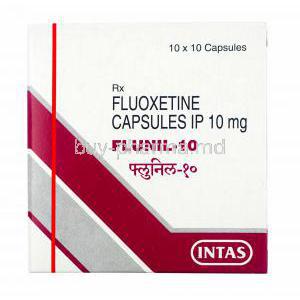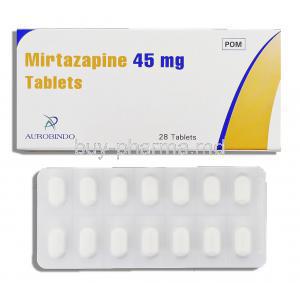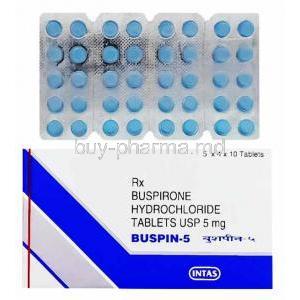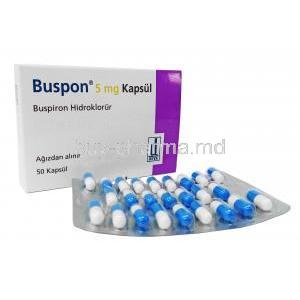Valdoxan
- I. Introduction
- II. Composition of Valdoxan
- III. How Valdoxan Works
- IV. Uses of Valdoxan
- V. Off-Label Uses of Valdoxan
- VI. Dosage and Administration
- VII. Side Effects of Valdoxan
- VIII. Important Precautions
- IX. Interactions with Other Medications
- X. Warnings and Contraindications
- XI. Careful Administration
- XII. Overdosage
- XIII. Handling and Storage
I. Introduction
Valdoxan, a medication for treating depression, represents a major breakthrough in addressing major depressive disorders. With its origins in years of studies, this drug presents a fresh perspective on tackling depression. The distinct way Valdoxan works and its effectiveness highlight its significance in the array of treatments for mental health issues.
II. Composition of Valdoxan
- Key Components: Valdoxan's effectiveness is centered around Agomelatine, an activator of melatonin receptors and a specific blocker of serotonin.
- Additional Substances and Their Roles: The composition of Valdoxan includes additional substances like lactose monohydrate and magnesium stearate, which play vital roles in maintaining the medication's effectiveness and absorption in the body.
- Presentation and Dosage Form: Valdoxan is available in tablet form for intake, making it convenient for patients worldwide to take the medication easily.
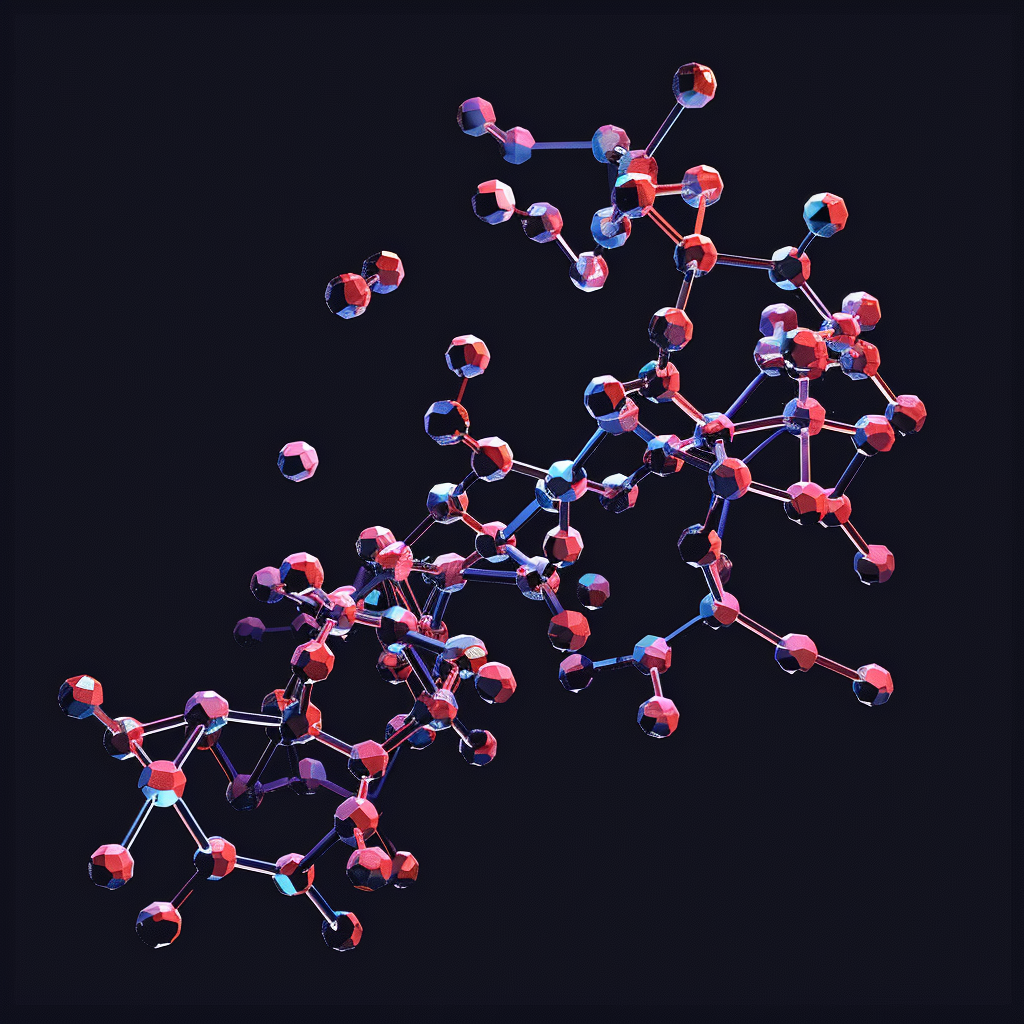
III. How Valdoxan Works
Valdoxan works uniquely by regulating serotonin levels, which not only boosts mood but also addresses disruptions in the body's natural sleep-wake cycle often seen in depression. When compared to antidepressants, Valdoxan's innovative way of working stands out, providing a side effect profile that is notably milder.
IV. Uses of Valdoxan
Valdoxan (Agomelatine) for Depressive Episodes and Anxiety Disorders:
- Valdoxan (agomelatine) is primarily used to improve major depressive episodes (MDE). It has demonstrated effectiveness in restoring emotional stability and daily functioning. Additionally, Valdoxan shows success in managing generalized anxiety disorder (GAD). It targets both the mental and physical aspects of depression123.
V. Off-Label Uses of Valdoxan
However, its flexibility extends beyond these approved indications. Valdoxan is also used off-label to help with symptoms in managing other disorders, chronic pain conditions, and possibly offering protection for the brain in diseases that cause neurodegeneration. These off-label uses demonstrate how Valdoxan can be beneficial in treating neurological conditions in various ways123.
VI. Dosage and Administration
For adults, one Valdoxan tablet should be taken before bedtime to help with production at night. Adjustments to the dosage might be needed for people with kidney or liver issues. It's essential to follow the doses and seek advice promptly if a dose is missed to ensure the treatment works effectively.
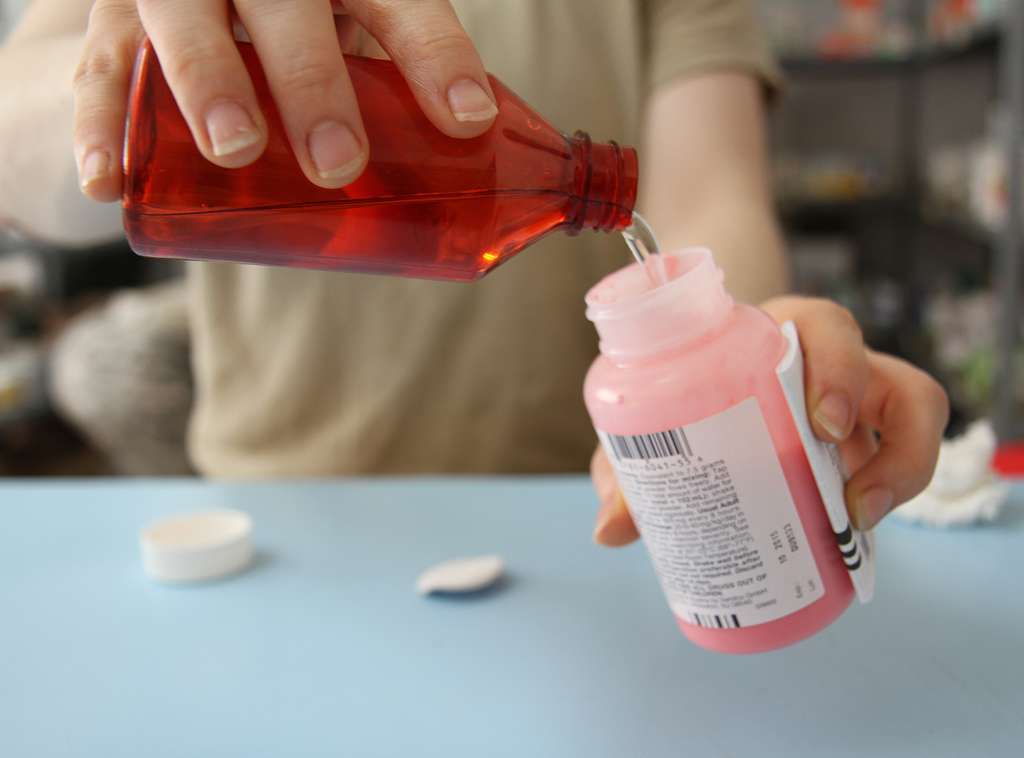
VII. Side Effects of Valdoxan
Valdoxan is well known for being effective and well-tolerated. Patients might encounter a range of side effects, including mild issues like trouble sleeping and feeling nauseous, to more serious concerns, like liver damage and sudden thoughts of self-harm. It's crucial to monitor and actively address any side effects as part of a thorough treatment strategy.
VIII. Important Precautions
Monitoring liver function is crucial when using Valdoxan for patients with a history of liver issues or those showing high levels of liver enzymes. It's essential to assess its usage in individuals with a past of depression or suicidal tendencies as well, as when taken alongside alcohol or other substances.
IX. Interactions with Other Medications
The field of pharmacology is quite complex requiring an approach when using Valdoxan along with other medications. Some drugs and substances should not be taken together due to the risk of negative reactions. For example, strong inhibitors of the enzyme CYP1A2, like fluvoxamine, can significantly raise Valdoxan levels, potentially leading to toxicity. Drugs and Substances to Avoid; This list includes CYP1A2 inhibitors and any medication that can worsen liver function impairment.
- Interactions with Herbal Supplements: It's advisable to be cautious when combining Valdoxan with herbal supplements such as St. John’s Wort as they might affect its effectiveness or increase side effects.
- Effects of Using Depressants Together: Valdoxan's calming effects may be enhanced if taken with central nervous system depressants, so it's important to adjust doses or closely monitor their combined use.
X. Warnings and Contraindications
Before starting Valdoxan treatment, it's crucial to check for any conditions or factors that could make its use unsuitable.
- Liver disease is a concern because Valdoxans breakdown in the body depends a lot on how well the liver works. Also it's best to avoid using Valdoxan while pregnant or breastfeeding unless the benefits clearly outweigh the risks. Allergic reactions are rare if they do happen, its important to stop the treatment right away.
- Liver Health and Function; It's advisable to test liver function to catch any liver problems that might make using Valdoxan unsafe. Pregnancy and Breastfeeding Restrictions: Due to safety information, caution is needed when prescribing Valdoxan to expectant or nursing mothers.
- Allergies and Sensitivities: Keeping an eye out for signs of reactions is crucial, and if any occur, stopping the medication promptly is necessary.
XI. Careful Administration
The dosage of Valdoxan should be customized based on each patient's characteristics, especially when dealing with vulnerable groups like elderly pregnant women, nursing mothers, and children. Each of these demographics requires an approach that weighs the importance of effective depression treatment against the need to minimize risks.
- For patients, Although specific dose adjustments are not typically necessary, it's important to monitor the elderly closely as they may be more sensitive to the effects of Valdoxan.
- For women and nursing mothers, Due to limited safety data available, Valdoxan should only be used when absolutely essential and under strict medical supervision.
- For children: The safety and effectiveness of Valdoxan in individuals below 18 years old have not been established, making it unsuitable for use in this age group.
XII. Overdosage
In case you take too much Valdoxan, it's important to seek immediate medical help. Overdose signs may involve feeling very tired, sluggishness, and, in some situations, sudden liver problems. Dealing with an overdose requires treating the symptoms and possibly staying in the hospital for observation and liver function tests.
- Recognizing the signs of an overdose early is crucial for treatment. Immediate steps and treatment plans can include washing out the stomach, giving activated charcoal, and providing care at a medical facility.
- Providing care to patients who have overdosed is important to ensure complete recovery and address any potential long-term impacts on liver health.
XIII. Handling and Storage
It's really important to handle and store Valdoxan correctly to make sure it works well and doesn't cause any harm. Keep the medication at room temperature, away from light and moisture, and out of kids' reach. Always check the expiry date to stay safe.
- If you have any expired or unused medication make sure to dispose of it following local rules. When storing Valdoxan it's best to keep it in its packaging until you need to use it to protect it from environmental factors.
- Remember to check the expiry date as a precaution and avoid using the medication after that period. If you have any leftover medication follow disposal methods by returning it to a pharmacy or following community guidelines for disposing of medications.



